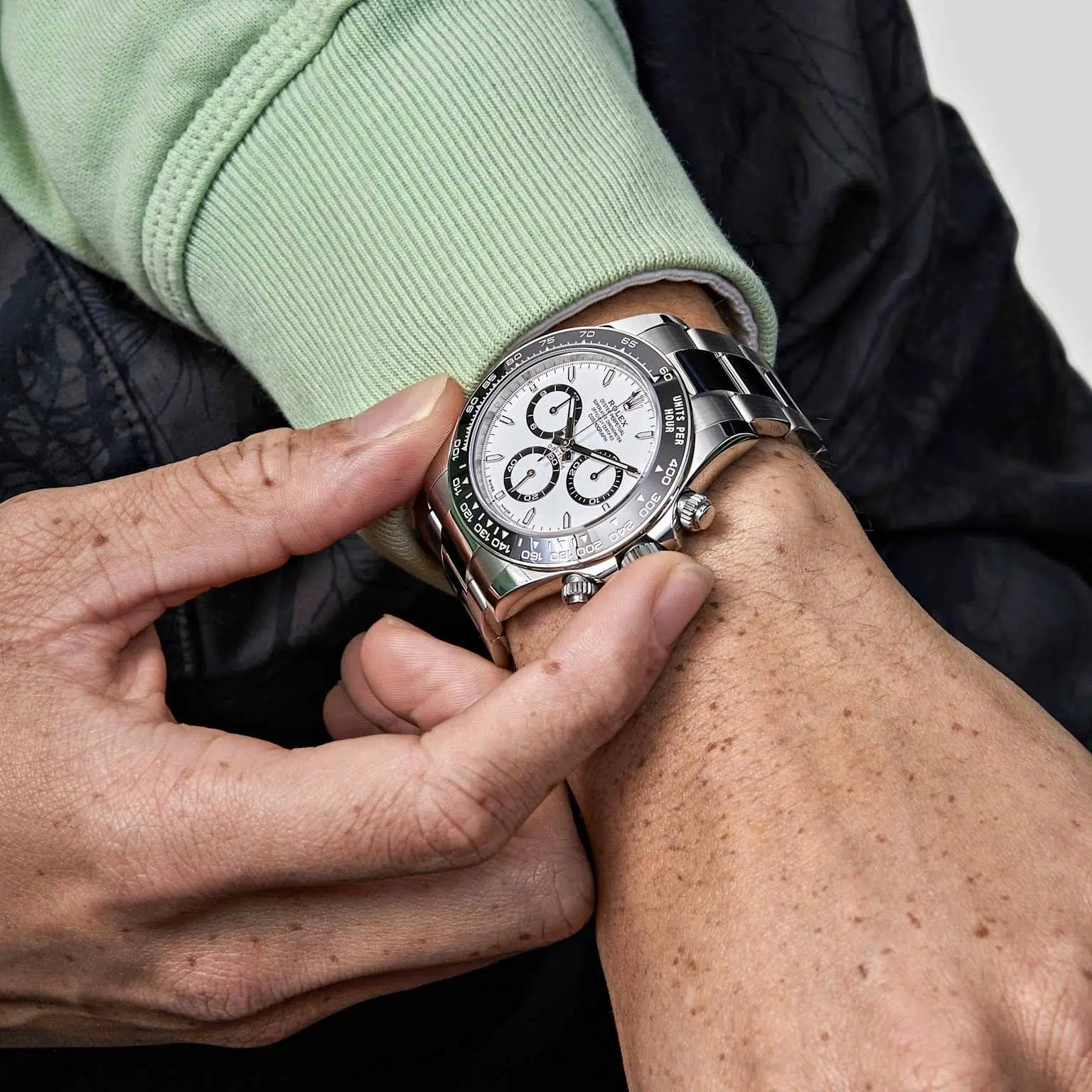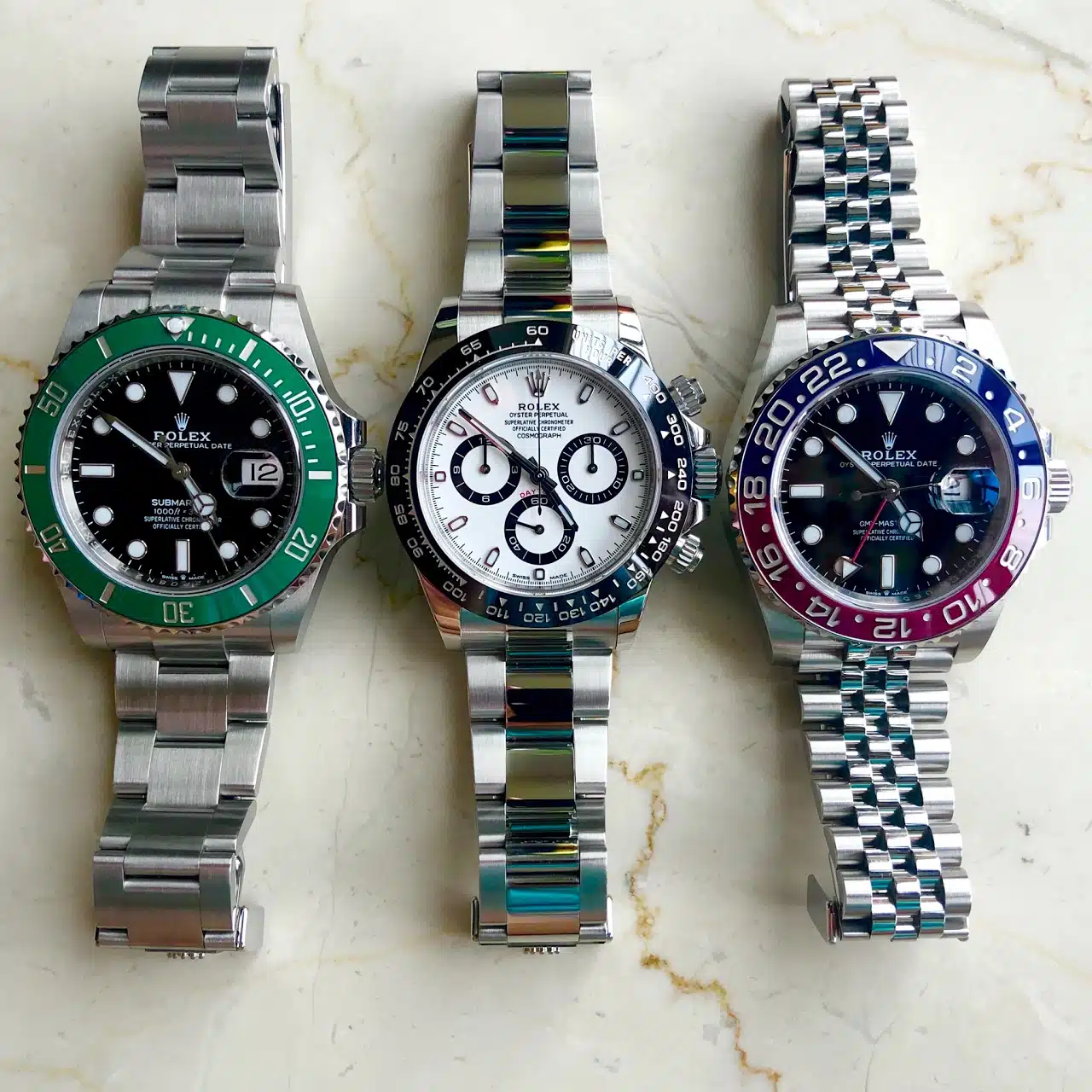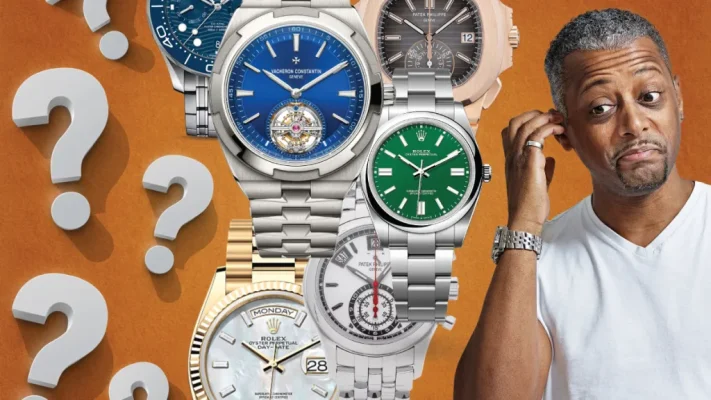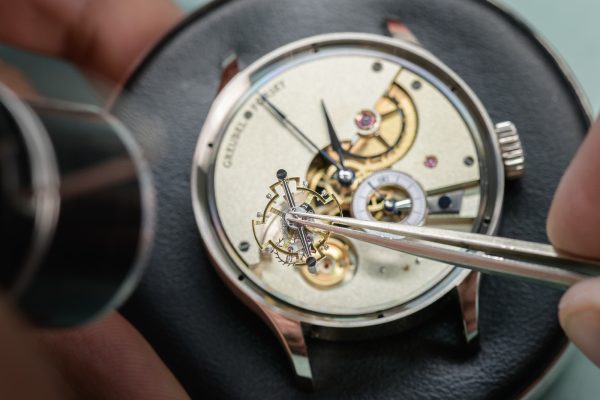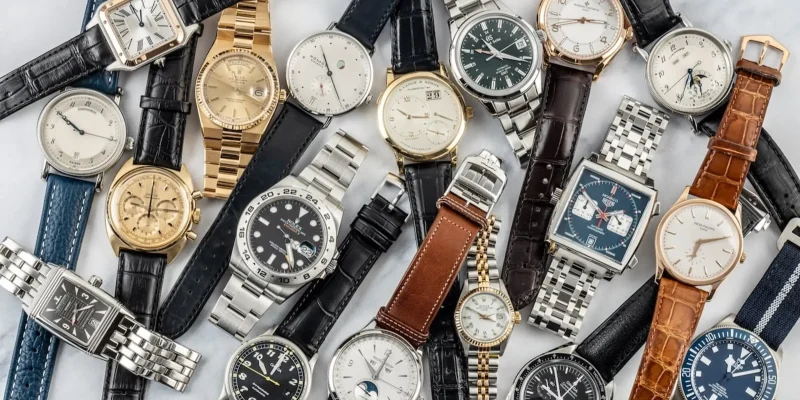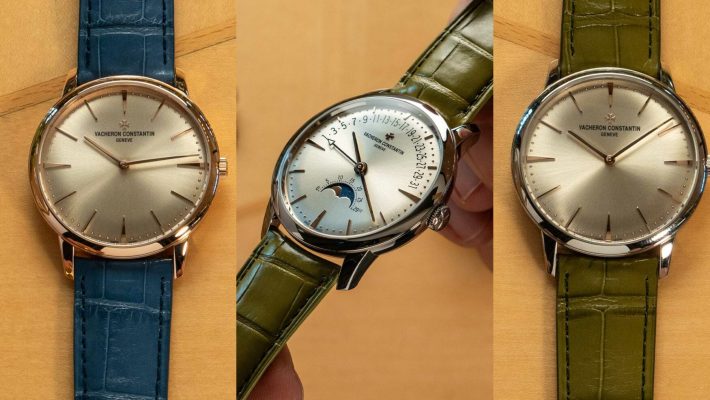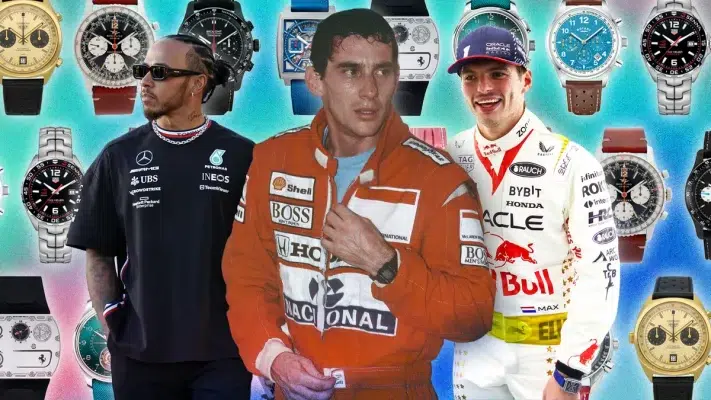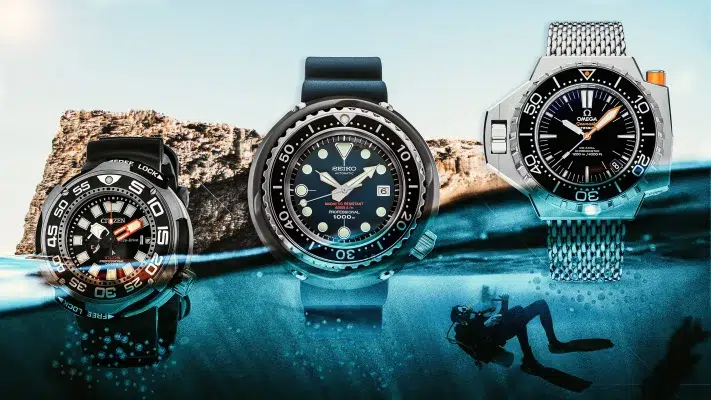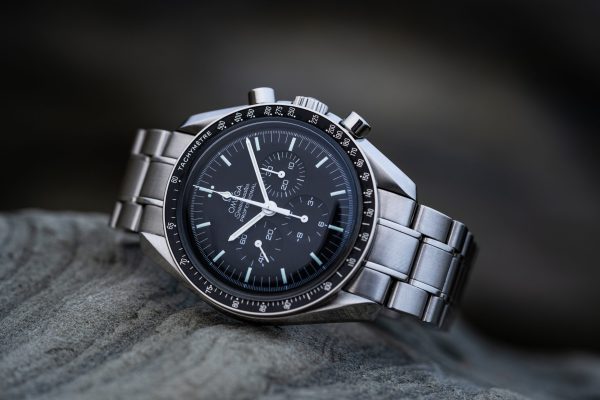The Rolex Cosmograph Daytona stands as the ultimate fusion of horological excellence and motorsport heritage, representing not merely a timepiece, but a legend born from the asphalt of racing circuits. Since its inception in 1963, this iconic chronograph has transcended its functional origins to become the most coveted luxury sports watch in the world. For affluent collectors and racing enthusiasts, the Daytona represents the apex of Swiss watchmaking—a mechanical masterpiece that captures the essence of speed, precision, and enduring value.

Origins and Racing Connection
The Daytona’s genesis lies deep within motorsport’s golden age, rooted in Rolex’s pioneering relationship with racing that began decades before the watch’s official debut. In the 1930s, Sir Malcolm Campbell, the legendary “King of Speed,” forged an indelible connection between Rolex and motorsport excellence while setting numerous land speed records on Daytona Beach. Campbell’s exploits at Daytona Beach, where he broke the 300 MPH barrier in 1935 while wearing a Rolex Oyster, established the foundation for what would become one of watchmaking’s most celebrated partnerships.
The watch was conceived specifically for professional racing drivers, addressing their unique timing requirements with unprecedented precision. Its tachymeter scale, prominently displayed on the bezel, enables drivers to calculate average speeds up to 500 miles per hour—a crucial tool for lap timing and performance analysis. The chronograph function serves as the mechanical heartbeat of racing, allowing drivers to measure elapsed time with split-second accuracy across multiple timing intervals.
In 1962, Rolex formalized its relationship with American motorsport by becoming the official timekeeper of the Daytona International Speedway. This partnership represented more than mere sponsorship; it symbolized Rolex’s commitment to precision timing in the world’s most demanding racing environment. The following year, in 1963, Rolex launched the first Cosmograph, initially marketed as the “Le Mans” before adopting the Daytona name in 1965.

Key Historical Milestones
The Daytona’s evolution represents six decades of continuous refinement, marked by significant technical innovations and design transformations that mirror the advancement of both watchmaking and motorsport technology.
The Foundation Era (1963-1969)
The inaugural reference 6239 established the Daytona’s DNA with its Valjoux 72 movement and distinctive contrasting subdials. Initially, these timepieces bore only the “Cosmograph” designation, with the “Daytona” nomenclature appearing on dials from 1965 onward. The early bezels featured graduated markings from 60-300 units per hour, later refined to 50-200 graduations during production.
The Acrylic Era (1970-1971)
References 6262 and 6264 introduced the faster-beating Valjoux 727 movement, increasing accuracy from 18,000 to 21,600 vibrations per hour. The transitional 6264 featured the iconic black acrylic bezel that would inspire future ceramic bezels, while the 6263 became the definitive vintage collector’s piece.
The Precious Metal Evolution (1984-1988)
Reference 6269 marked Rolex’s first luxury Daytona, offering the chronograph in precious metals with enhanced exclusivity. The manual-winding era concluded with increasingly sophisticated dial variations and the emergence of the legendary “Paul Newman” exotic dials.
The Automatic Revolution (1988-2000)
The revolutionary reference 16520 introduced automatic winding via a modified Zenith El Primero movement, designated Caliber 4030. This transformation included an enlarged 40mm case, sapphire crystal, and enhanced water resistance, modernizing the Daytona for contemporary wrists.
The In-House Achievement (2000-Present)
Reference 116520 debuted Rolex’s proprietary Caliber 4130, featuring a vertical clutch mechanism and 72-hour power reserve. The 2016 introduction of ceramic bezels on steel models (116500LN) marked another watershed moment, followed by the latest 2023 generation with Caliber 4131 and refined aesthetics.

Modern Models and Variants
Today’s Daytona collection represents the culmination of decades of development, offering an unprecedented range of materials, complications, and aesthetic configurations that cater to diverse tastes within the luxury market.
Stainless Steel Excellence
The current reference 126500LN embodies modern Daytona perfection, featuring the advanced Caliber 4131 movement with the Chronergy escapement. Available in white or black dial configurations, these steel models command extraordinary market premiums of 92-132% above retail pricing due to their scarcity. The ceramic Cerachrom bezel, now enhanced with a polished metal edge, provides superior durability while maintaining the aesthetic connection to vintage acrylic bezels.
Precious Metal Sophistication
The precious metal range encompasses yellow gold, white gold, Everose gold, and platinum variants, each offering distinct character and exclusivity. The yellow gold reference 126518LN features diamond-set hour markers and sophisticated dial variations, while the platinum 126506 showcases the exclusive ice-blue dial with chestnut brown ceramic bezel. These precious metal iterations typically command retail premiums of 10-20% on the secondary market, making them more accessible than their steel counterparts.
Oysterflex Innovation
The revolutionary Oysterflex bracelet represents Rolex’s commitment to contemporary luxury and performance. Constructed from flexible metal blades overmolded with high-performance elastomer, the Oysterflex provides the robustness of metal with unprecedented comfort. Available exclusively on precious metal Cerachrom bezel models, the Oysterflex features the Oysterlock safety clasp and Easylink extension system for optimal fit.
Limited Edition Prestige
The ultra-exclusive Le Mans edition (126529LN) celebrates the centenary of the legendary French endurance race with a modified Caliber 4132 featuring a 24-hour chronograph counter. Available only to select VIP clients, these models command premiums exceeding 325% above retail.

Collectibility and Investment Potential
The Rolex Daytona represents one of the most robust investment opportunities in luxury horology, supported by fundamental supply constraints, historical performance, and cultural significance that transcends traditional watch collecting.
Supply Scarcity and Market Dynamics
Steel Daytona models face extraordinary supply constraints, with authorized dealers typically reserving allocations exclusively for established clients with significant purchase histories. New collectors face minimum five-year waiting periods, with many dealers refusing to accept new registrations entirely. This artificial scarcity, whether strategic or operational, has created a secondary market where steel Daytonas trade at 92-132% premiums over retail pricing.
Auction Records and Benchmark Performance
The 2017 sale of Paul Newman’s personal Daytona reference 6239 for $17.8 million established the highest price ever achieved for a wristwatch at auction. This record-setting transaction validated the Daytona’s position as the ultimate collectible timepiece, with the hammer price of $15.5 million (plus buyer’s premium) representing an extraordinary appreciation from its original retail value. The auction demonstrated how provenance, rarity, and cultural significance can elevate timepieces beyond their mechanical worth.
Vintage Market Appreciation
Vintage Daytona references, particularly those featuring “Paul Newman” dials, have demonstrated exceptional appreciation rates. Gold examples like “The Legend,” a yellow gold Paul Newman Daytona, achieved $3.7 million at auction in 2017. Even standard vintage references without celebrity provenance have appreciated significantly, with properly preserved examples commanding substantial premiums based on dial variation, case condition, and documentation.
Contemporary Investment Thesis
Modern ceramic-bezel steel Daytonas purchased at retail represent compelling long-term investments, given the sustained demand-supply imbalance and the model’s established cultural significance. The introduction of new movements and subtle design refinements typically enhance rather than diminish the value of previous generations, as demonstrated by the continued strength of 116500LN models following the 2023 update.

Cultural Status and Brand Perception
The Rolex Daytona has transcended its horological origins to become a universal symbol of achievement, sophistication, and automotive passion, worn by titans of industry, entertainment icons, and sporting legends who embody the watch’s ethos of precision and performance.
Celebrity Endorsement and Cultural Influence
The Daytona’s transformation from racing tool to cultural icon owes much to its adoption by influential figures across diverse fields. Paul Newman’s association with the watch elevated its profile immeasurably, creating a symbiotic relationship between Hollywood glamour and motorsport authenticity. Contemporary celebrities including Leonardo DiCaprio, Tom Brady, Mark Zuckerberg, and Michael Jordan continue this tradition, particularly favoring the exclusive Le Mans editions.
Motorsport Heritage and Ongoing Legacy
Rolex’s continued involvement in premier motorsport events reinforces the Daytona’s authentic racing credentials. As title sponsor of the Rolex 24 at Daytona since 1992, the brand awards actual Daytona timepieces to race winners, creating an ongoing connection between the watch and competitive achievement. This relationship extends to Formula One, the 24 Hours of Le Mans, and other prestigious racing events, maintaining the Daytona’s relevance in contemporary motorsport.
Symbol of Success and Aspiration
Within luxury culture, the Daytona functions as more than a timepiece—it represents arrival at the pinnacle of professional and personal achievement. The watch’s association with racing drivers, entrepreneurs, and cultural innovators creates an aspirational narrative that transcends traditional demographics. Its presence on influential wrists reinforces perceptions of excellence, determination, and sophisticated taste.
Investment and Status Convergence
The Daytona’s unique position as both luxury accessory and investment vehicle enhances its cultural cachet. Owners appreciate not only the watch’s aesthetic and mechanical excellence but also its demonstrated ability to preserve and enhance wealth over time. This dual functionality—serving as both status symbol and store of value—distinguishes the Daytona within the luxury goods landscape.

Conclusion
The Rolex Cosmograph Daytona represents the ultimate synthesis of racing heritage, horological excellence, and cultural significance. From its origins on the racing circuits of Daytona Beach to its contemporary status as the world’s most coveted chronograph, the Daytona embodies the relentless pursuit of precision that defines both motorsport and luxury watchmaking. For discerning collectors and enthusiasts, the Daytona offers not merely ownership of an exceptional timepiece, but participation in a legacy that spans six decades of innovation, achievement, and enduring style. Whether pursued for its mechanical sophistication, investment potential, or cultural resonance, the Daytona remains the definitive expression of racing-inspired luxury—a mechanical legend that continues to capture hearts and drive markets with undiminished passion.
Frequently Asked Questions
It debuted in 1963, originally named the “Cosmograph,” with the “Daytona” designation added in 1965 to honor Rolex’s partnership with the Daytona International Speedway.
It was designed for professional racing drivers, featuring a tachymeter bezel for speed calculations and a chronograph for precise lap timing. Rolex’s official timekeeping role at Daytona and other races cemented its motorsport heritage.
References 6239, 6263, and “Paul Newman” dial variants are among the most sought-after, with auction prices reaching into the millions due to rarity, provenance, and condition.
Early models used manual-wind Valjoux calibers, the 1988–2000 series used the Zenith-based automatic Caliber 4030, and current models feature Rolex’s in-house Caliber 4130 or 4131 with improved power reserve and vertical clutch.
Production is limited and demand exceeds supply, with most allocations going to established clients. Waitlists can exceed five years, driving high secondary market premiums.
Historically yes. Both vintage and modern steel models have shown strong appreciation due to scarcity, cultural significance, and sustained collector demand.

